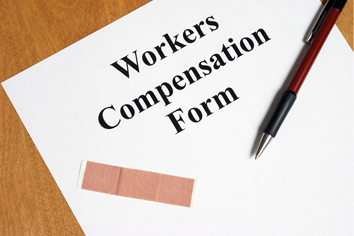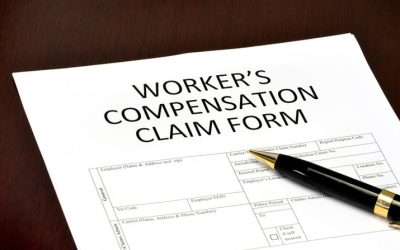Workers’ compensation claims are filed by employees who are injured at the workplace. A workplace injury is usually the result of unsafe conditions at the workplace, unsafe behavior or a combination of both these factors. Workers’ compensation attorneys offer legal counsel to workers who have met with an accident at the workplace and also assist them with their claim. Compensation can be obtained for medical expenses incurred and lost wages. Any workplace injury case would involve medical chart reviews to help evaluate the case. This medical record review is performed to assess impairment, causation and aptness of care provided.
Factors Contributing to Workplace Accidents
- Slips and falls: Injuries may result when workers trip and fall on slippery floors, or on objects lying on the floor.
- Lack of proper maintenance: Accidents and injuries are more likely to occur at workplaces that are poorly maintained.
- Too much of exertion on the job: Over exertion in physical activities such as pushing, lifting, holding, reaching etc. can cause accidents and injuries.
- Distractions while working: Workers who are distracted on account of personal issues, hardships and so on are more prone to getting injured because they may not attach the due importance to safety standards and procedures.
- Taking shortcuts: Some workers have the habit of taking shortcuts to complete their daily work quickly and thereby proving efficiency. However, the failure to follow proper procedure protocols may lead to accident and injury.
Medical Evidence in Workers’ Compensation Litigation
- It is important that the work-related injury is clearly documented in the claimant’s medical records. This means that each time the claimant visits a physician he/she should inform the doctor that treatment is being provided for a work-related injury so that the doctor can submit the medical claim appropriately.
- The medical chart should clearly list all the physicians who treated the claimant for the workplace injury. This will help in projecting an accurate and complete medical history of the particular injury.
Typical Work-related Injuries
Lawyers handling workers’ compensation cases seek the support of medical review services to understand the nature and extent of the injury and determine if the case is feasible. The medical records are scrutinized to identify common conditions such as sprain and strain injuries, herniated discs, joint injuries, shoulder and rotator cuff injuries, internal injuries, and head/neck injuries. The advantage of partnering with a good medical record review company is that the clear and concise medical reports or summaries provided help to understand the particular injury or condition.
Determining Disability
Once the treatment for the injury is completed, an independent medical examiner will examine the claimant to find out whether any disability has been caused by the injury. The claimant’s medical records are reviewed by the medical examiner before determining the nature of the injury and its extent. Typically, a claimant will have to undergo two independent medical exams, one at the insurer’s expense and another at his/her own expense.
The disability classifications in a workers’ compensation case are as follows:
- Temporary total disability: in this case the injured worker’s earning capacity is lost totally, but on a temporary basis.
- Temporary partial disability: the wage earning capacity is partially lost, on a temporary basis.
- Permanent total disability: in this case the employee’s wage earning capacity is permanently and totally lost.
- Permanent partial disability: the employee has lost part of his/her wage-earning capacity permanently. Two types of permanent partial disability benefits are available, depending on the body part affected and the nature of the permanent disability. These are schedule loss of use (SLU) and non-schedule.
- SLU or schedule loss of use: here the employee has permanently lost use of an upper extremity such as the arm, shoulder, hand, wrist or finger; or lower extremity such as hip, leg, knee, ankle, foot or toe; or eyesight or hearing.
- Non-schedule: this involves a permanent disability of a part of the body or condition that is not covered by a SLU compensation (pelvis, spine, lungs, heart, brain and so on).
Facts to Remember
- An injured worker must immediately obtain the necessary medical treatment, notify his/her supervisor about the accident and injury, and also describe how it occurred.
- The employee must notify his/her employer of the accident and injury in writing as soon as possible, but within 30 days.
- The employee must file a claim with the Board on Form Employee Claim (C-3) by mailing the form to the appropriate Board District Office. This form must be filed within two years of the accident, or within 2 years after the employee knew or should have known that the injury was work related.
- If the employee fails to file a claim or notify the employer, it may result in the loss of rights to compensation.




